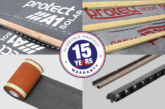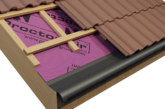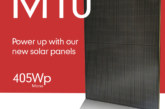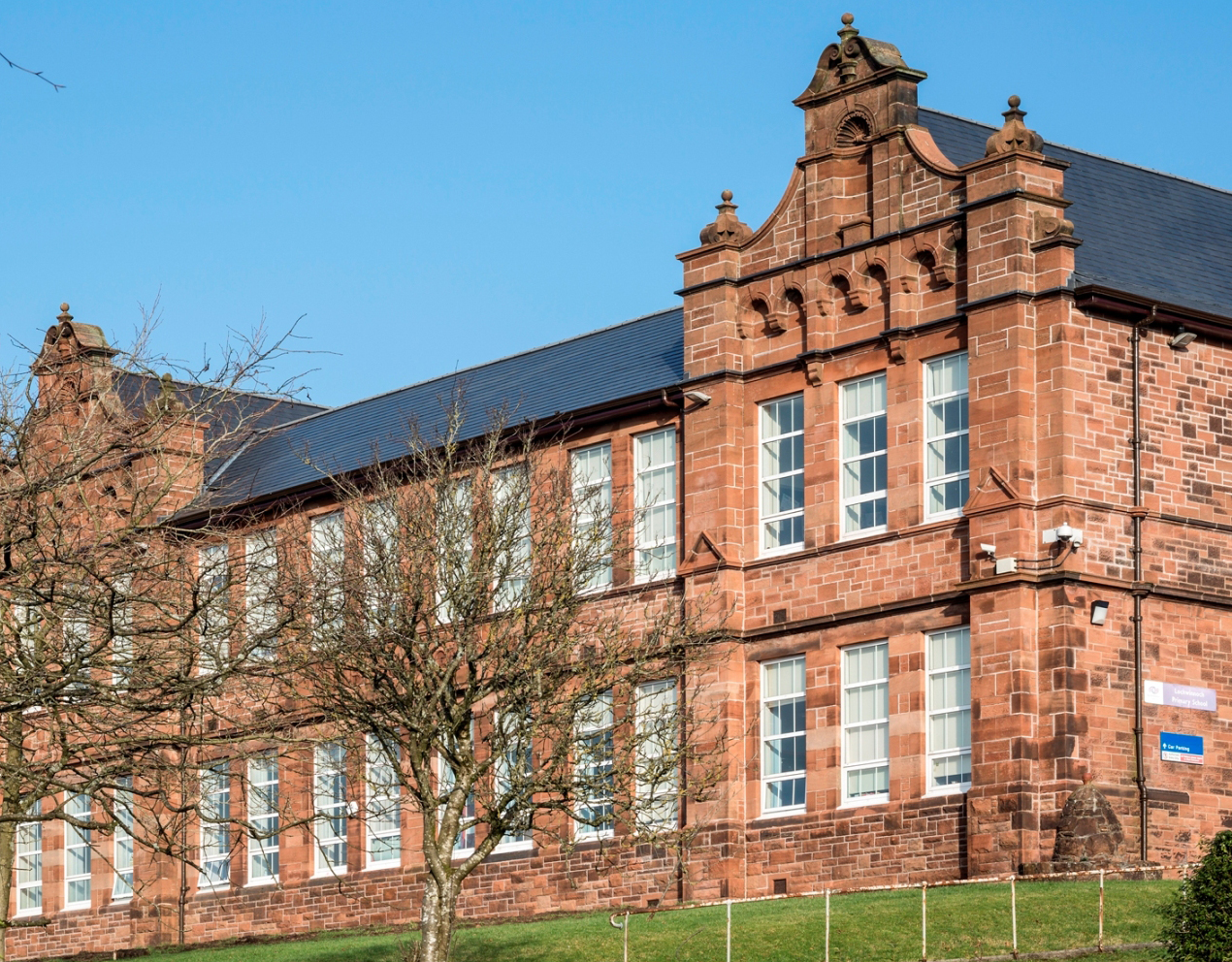
Lochwinnoch Primary School has provided a showcase for Cambrian Slate, revealing how an early 1900s traditional building can retain its original appearance using a modern slate substitute, along with traditional slate detailing.
Originally slated using Scotch slate, the roof of the 111-year-old school was at the end of its lifespan, so rain penetration was causing a major issue. The challenge was to retain the school’s original appearance — complete with complex details such as hips, valleys and skews (the interface between flat roofs and around skylights) — without costing as much as slate.
Renfrewshire Council and Redland developed the answer to the challenge: Cambrian Slate, precision engineered and manufactured using 60% recycled Welsh slate. “Cambrian was the ideal choice for this project, offering the performance and ease of use of a modern tile, while providing a roof that was sympathetic to the naturally-tiled appearance of the original building,” said James Grant, the Project Architect for Renfrewshire Council.
Together with James Grant, Redland carried out a full Redland SpecMaster roof specification, examining every aspect of the roof in detail. This included raking valley details, sprocketed eaves, changes of pitch on the roof slope, detailing of top edge and side abutments, flat to pitch lead, ventilation at eaves and ridge, and underlay details.
The council’s concerns about the finish of the Cambrian Slates meant that an especially high standard of workmanship was required. An on-site Clerk of Works and Keepmoat’s own site management team monitored this, along with Redland’s Account Manager who dropped in regularly to offer guidance.
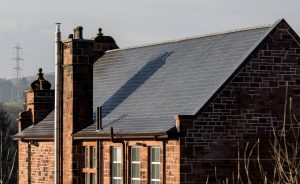 As the roof was originally slated, there were many traditional details where the modern tiles had to be adapted to traditional details and interface with lead skews and flat roofs. These details were originally finished with slates directly onto sarking, so DM Roofing had to adapt this for modern interlocking slates by including counterbattens and tile battens.
As the roof was originally slated, there were many traditional details where the modern tiles had to be adapted to traditional details and interface with lead skews and flat roofs. These details were originally finished with slates directly onto sarking, so DM Roofing had to adapt this for modern interlocking slates by including counterbattens and tile battens.
To overcome the difficult change of pitch at the hip junction, Redland produced a sprocket detail. Another area of difficulty, where the flat and pitched roof meet, included a lead secret gutter.
All work was carried out in compliance with BS 5534: 2014 Code of Practice for Slating and Tiling and BS 5250 Code of Practice for the Control of Condensation in Buildings, ensuring that high- and low-level ventilation was provided along with two mechanical fixings for each tile.
As well as concerns regarding the aesthetic of the roof, the Council was worried about working on a live school for five weeks of term time, so careful management was required. Work had to be scheduled with the school administration to minimise disruption while leaving a high-quality finish. Another main challenge was keeping the school wind and weathertight in the face of Scottish weather.
Overall, the spokesperson for the Council was “absolutely delighted” with the finished roof, which was completed on time with the assistance of two apprentices on site.

